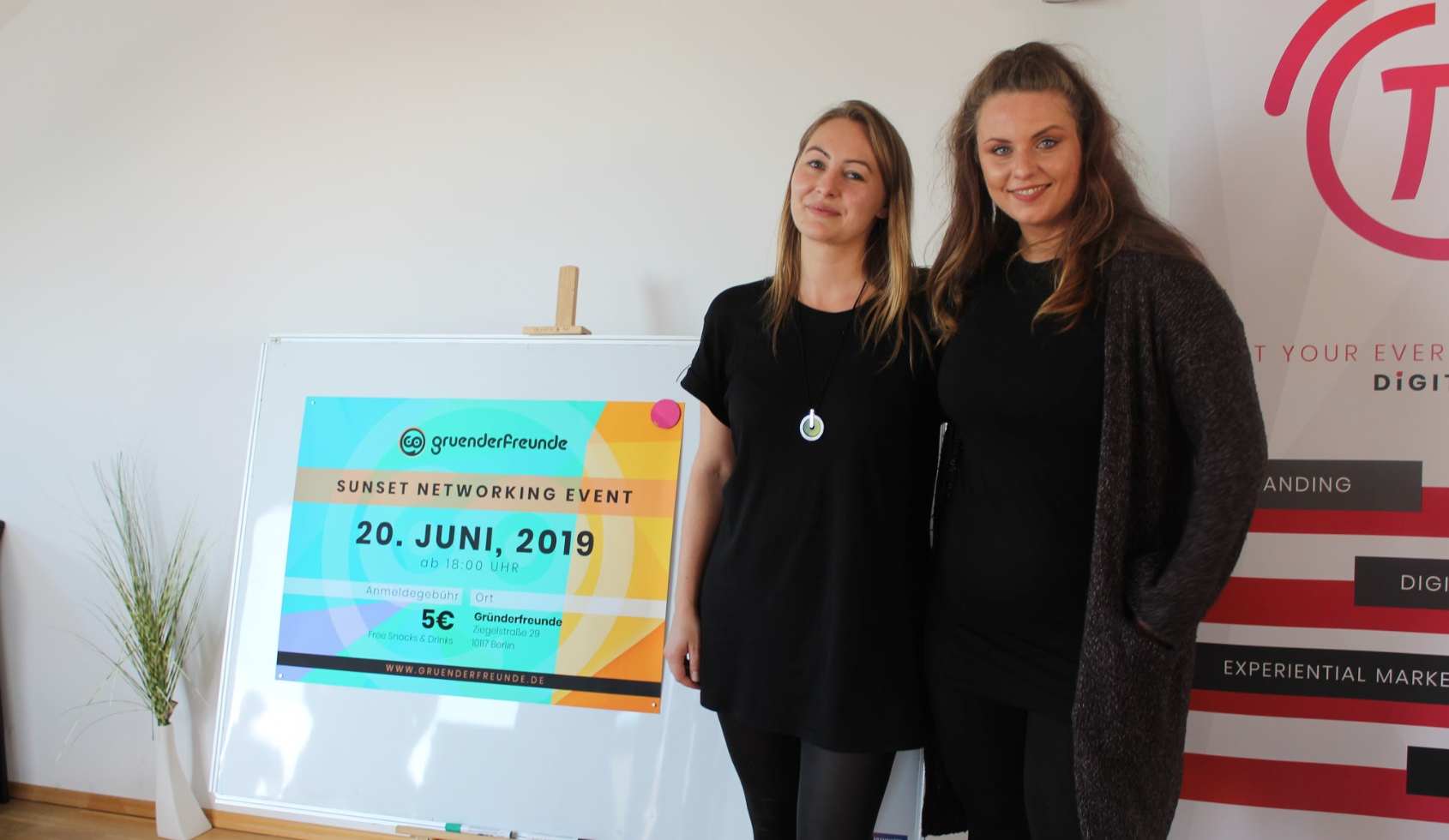How to form meaningful partnerships with other brands…
“Let’s collaborate” has become this ubiquitous networking phrase that everyone seems to be using but no one is really sure exactly what it should mean.
I think we have all been in a situation where someone contacts us on LinkedIn or at a networking event and suggests to meet for coffee and talk about possible ideas for collaboration. Then regrettably, upon meeting, you realize their intentions were merely to present you with a one-sided sales pitch.
Thinking strategically, when used in a sales context, the “let’s collaborate” line is almost something out of a “Sales 101” textbook. It puts the focus on the other party’s benefit, making it the perfect non-aggressive door opener. That being said, when the phrase is overused and opens doors simply to waste both parties’ time, then it is not achieving a sales or collaboration goal.

The fact remains, what if you actually want to form a partnership and what exactly do those partnerships look like?
Collaboration in its most general form refers to working together to create something new in support of a shared vision.
In an article published by The Harvard Business Review by Gary P. Pisano and
Roberto Verganti, collaboration is divided into innovation mall, innovation community, elite circle, and consortium. In this blog post, I have chosen the 3 top ways to collaborate as an individual, a team member, and a brand.
- Howdy Partner! – Personal Networking Collaboration
In any industry, you seem to encounter the same people over and over again. It is worth noting that even with the best intentions, you may not always be able to find a helpful partnership with everyone you meet. Sometimes, however, by sitting down another person, you may come to find someone in your extended networks to could help find a solution. This could be job opportunities, connections for mentorship, client acquisition, or otherwise.
In these situations, it is best to avoid being that tacky person making a one-sided pitch. I would suggest to instead think more about how you are going to benefit the other person. In this case, it’s the little things: offer to buy the other’s coffee, and listen to their pitch first. Think deeply about your personal contacts and who you know that can offer solutions that you cannot.
- Collaboration within a team, near or far
Communicate even amongst close-knit colleagues. Things can become more disjointed when a company is large or when teams work remotely. Sometimes employees can cross departmental lines and find possibilities for collaboration while chatting on their lunch breaks or over a beer after work. This sort of spontaneous flow is impossible to force, but you can create environments that foster and support new ideas or internal creations.
Hosting company-wide team-building events or remote locations where different departments can socialize is one good suggestion.
Take a look at how teams communicate in the office or even remotely. Slack is great, but project-wide tools, like Asana, can give team members an overview and, by seeing others’ roles, can give them an idea of who to reach out to if they want to make new suggestions.
- Go Co-Branded
Here is a great way to create a symbiotic relationship between brands. Whether it is an event, limited release, or special offering, being able to create an opportunity that mutually benefits both parties is key.
I think most of us are familiar with the event collaborations between GoPro and Redbull. Although a camera and a beverage seem unrelated, they both have a similar lifestyle vibe of extreme sports and adventure.
A key point here is to seek out collaboration between brands, even when it is not your brand in the position of needing something. If your brand is already having an event, seek out partners the event could also benefit. Extending and including is a way better strategy than asking and needing.
Hubspot put together a fantastic list of cool co-branded partnerships; have a look here and get inspired for your brand.

